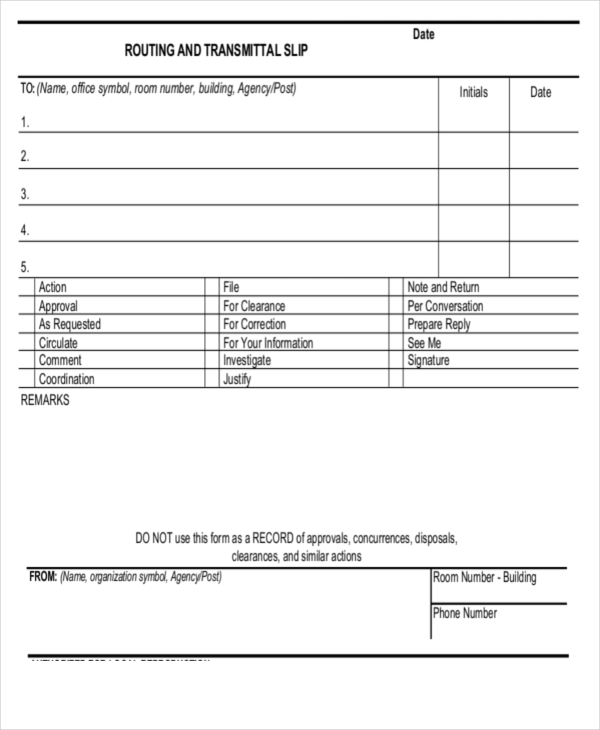

Information: show informational messages, warnings, and errors.Warnings are soft errors that may require intervention. Warnings: show warnings and error conditions in the log.Errors typically indicate normal functionality that has failed and should be addressed. The proxy server can log to the console, a log file, or both. bin/: folder containing the proxy runtime scripts.įollow these instructions to setup and operate your proxy server.node_modules/: after you run npm install this folder holds all the node dependencies.This is where you define all the resources that are allowed to use the proxy.
 conf/config.xml: This file contains the configuration settings for the proxy. conf/config.json: This file contains the configuration settings for the proxy. The proxy consists of the following files: Server administration and networking background to securely run your server. File access read/write access for the log file and the sqlite database. sudo access rights so you can install files, open a TCP/IP port. node.js version 6.0 or higher (recommended.). Once you deploy to an infrastructure on the public internet replace localhost with the host name you install the proxy server on. Check the current status of your proxy server:.
conf/config.xml: This file contains the configuration settings for the proxy. conf/config.json: This file contains the configuration settings for the proxy. The proxy consists of the following files: Server administration and networking background to securely run your server. File access read/write access for the log file and the sqlite database. sudo access rights so you can install files, open a TCP/IP port. node.js version 6.0 or higher (recommended.). Once you deploy to an infrastructure on the public internet replace localhost with the host name you install the proxy server on. Check the current status of your proxy server:.  Test that the proxy is able to forward requests directly in the browser using one of your serverUrls definitions, such as:. Test that the proxy is installed and available by running a browser on the local machine then navigate to the port and url:. Start the node server from a command line:. Review the full documentation for proxy configuration settings. While "*" may be ok for testing we highly recommend whitelisting referrers in production. Determine which URLs you are going to proxy by editing the serverUrls section. Decide which port your server should listen on (default is 3692). Use a text editor to set up your proxy configuration settings. Choose either one of (conf/config.json or conf/config.xml, but not both) configuration format. You can download a released version (recommended) or the most recent daily build. Install or update node.js, version 6 LTS is recommended. Resource based rate limiting to help manage credit consumption. Accessing resources secured with OAuth 2.0 app login. Accessing resources secured with ArcGIS token based authentication. While this server can proxy most http requests, it is specifically designed to act on behalf of ArcGIS type services following the ArcGIS Resource Proxy specification.
Test that the proxy is able to forward requests directly in the browser using one of your serverUrls definitions, such as:. Test that the proxy is installed and available by running a browser on the local machine then navigate to the port and url:. Start the node server from a command line:. Review the full documentation for proxy configuration settings. While "*" may be ok for testing we highly recommend whitelisting referrers in production. Determine which URLs you are going to proxy by editing the serverUrls section. Decide which port your server should listen on (default is 3692). Use a text editor to set up your proxy configuration settings. Choose either one of (conf/config.json or conf/config.xml, but not both) configuration format. You can download a released version (recommended) or the most recent daily build. Install or update node.js, version 6 LTS is recommended. Resource based rate limiting to help manage credit consumption. Accessing resources secured with OAuth 2.0 app login. Accessing resources secured with ArcGIS token based authentication. While this server can proxy most http requests, it is specifically designed to act on behalf of ArcGIS type services following the ArcGIS Resource Proxy specification. 
This is an implementation of an ArcGIS proxy server using node.js.








 0 kommentar(er)
0 kommentar(er)
